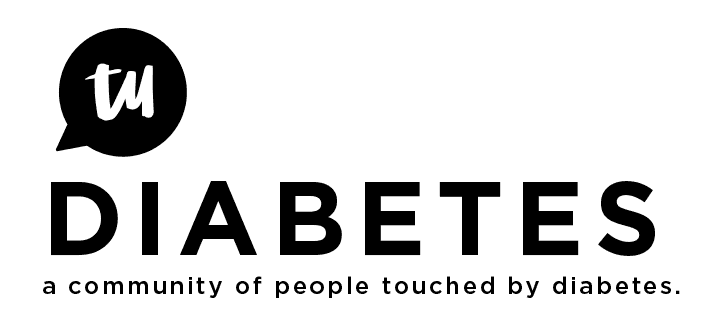My last A1c was within 0.1 of the Dex Clarity forecast, so it must work better for me than you. That is quite strange that your A1c is so different from your Dexcom and meter.
@Laddie – Yeah, it is strange. Over the years I’ve just believed that the A1c always reflected average blood glucose. I’m glad I can depend on my meter and CGM to give me a better sense of my glucose control. At least I know that my actual glucose exposure is much lower than my A1c.
I now realize that I took A1C too seriously. Going forward I will focus more on time in range.
I think that’s a good idea, @Helmut. When you think about a high percentage of time in range, that statistic alone bundles in many other measures indirectly. Higher time in range reduces time low, time high, and glucose variability. It also means a better average. I’m seeing more and more narrative about the health downside of high glucose variability, things like oxidative stress at the cellular level.
I think these sort of discussions seem to sort of misunderstand how physiology actually works…
It is not a direct mathematical certainty what percentage of hemoglobin cells would be glycosylated based on your average blood glucose. It is an estimate… An approximation, an educated guess if you will. Yes higher average glucose = higher a1c… A relationship that’s even more meaningful within the same individual … It’s not an “my a1c was X and therefore my average bg = Y” type of situation in reality… That’s a gross oversimplification that even doctors are prone to making.
If you really think about it it doesn’t make any more sense than to think that if two people ate the exact same diet they’d weigh the exact same…
Yeah, I think we need to demote the A1c number. It seems that patients and doctors alike put too much stock in the A1c as a legitimate proxy for blood glucose control. I suppose it’s better than nothing but I believe it has flaws. I think for CGM wearers, time in range is a much better measure.
Oh im not saying I don’t think it’s a good measure of glucose control, I think it is… And as basically all research relating to complications has been tied directly to a1c levels I actually wonder a lot as to weather glycosylation plays a large role in cellular damage rather than (or maybe in addition to) transient glucose… Not sure if it’s ever been studied.
I’m just saying it’s an imperfect direct correlation to blood glucose levels. It’s not 4 quarters = 1 dollar… Instead it’s more like “more quarters = more dollars”
Yes, it does look huge, but it’s not as bad as it looks. I’ve edited my comment to hopefully clarify that table some more.
Thanks for the clarification, @Dragan1. I’ve always granted the A1c number more precision than it has. Each gradient of the A1c (ie. 6.0%, 6.1%. 6.2%) contains a great deal of overlap of people with the same average blood glucose.)
